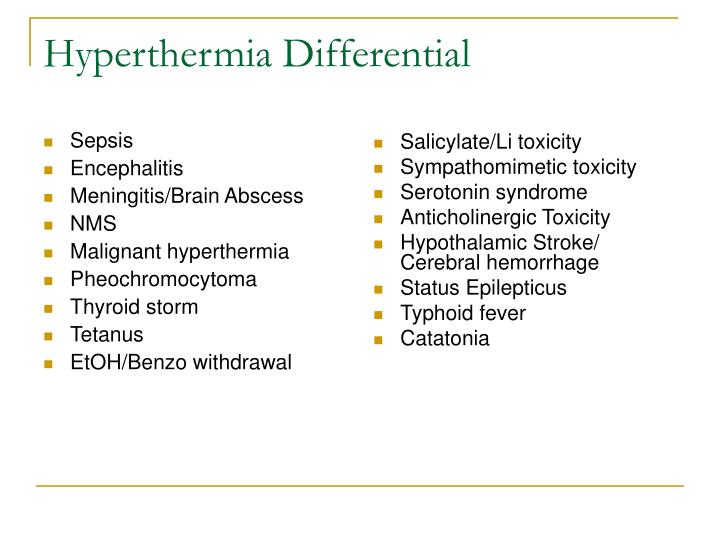

Very high doses can result in psychosis (e.g., delusions and paranoia) which rarely occurs at therapeutic doses even during long-term use. Drug addiction is a serious risk of amphetamine abuse, but only rarely arises from medical use. Much larger doses of amphetamine are likely to impair cognitive function and induce rapid muscle breakdown. It induces physical effects such as decreased reaction time, fatigue resistance, and increased muscle strength. At therapeutic doses, this causes emotional and cognitive effects such as euphoria, change in libido, increased wakefulness, and improved cognitive control. Amphetamine, through activation of a trace amine receptor, increases biogenic amine and excitatory neurotransmitter activity in the brain, with its most pronounced effects targeting the catecholamine neurotransmitters norepinephrine and dopamine. Currently, pharmaceutical amphetamine is typically prescribed as Adderall, dextroamphetamine, or the inactive prodrug lisdexamfetamine. The first pharmaceutical amphetamine was Benzedrine, a brand of inhalers used to treat a variety of conditions. It is a prescription medication in many countries, and unauthorized possession and distribution of amphetamine is often tightly controlled due to the significant health risks associated with uncontrolled or heavy use. Amphetamine is also used as a performance and cognitive enhancer, and recreationally as an aphrodisiac and euphoriant. Historically, it has been used to treat nasal congestion, depression, and obesity. However, the term is frequently used informally to refer to any combination of the enantiomers, or to either of them alone.
Amphetamine overdose free#
Amphetamine properly refers to a specific chemical, the racemic free base, which is equal parts of the two enantiomers, levoamphetamine and dextroamphetamine, in their pure amine forms. Amphetamine was discovered in 1887 and exists as two enantiomers: levoamphetamine and dextroamphetamine. contracted from alpha‑ methylphenethylamine) is a potent central nervous system (CNS) stimulant of the phenethylamine class that is used in the treatment of attention deficit hyperactivity disorder (ADHD) and narcolepsy. OverviewĪmphetamine is a potent central nervous system stimulant used in the treatment of attention deficit hyperactivity disorder and narcolepsy.Īmphetamine ( Lua error: expandTemplate: template "Template:IPA audio link" does not exist. The doctor also watched you carefully to make sure you were recovering safely.Editor-In-Chief: C.

Giving you medicine to absorb the drugs.Tried to clear the drugs from your body by:.



 0 kommentar(er)
0 kommentar(er)
